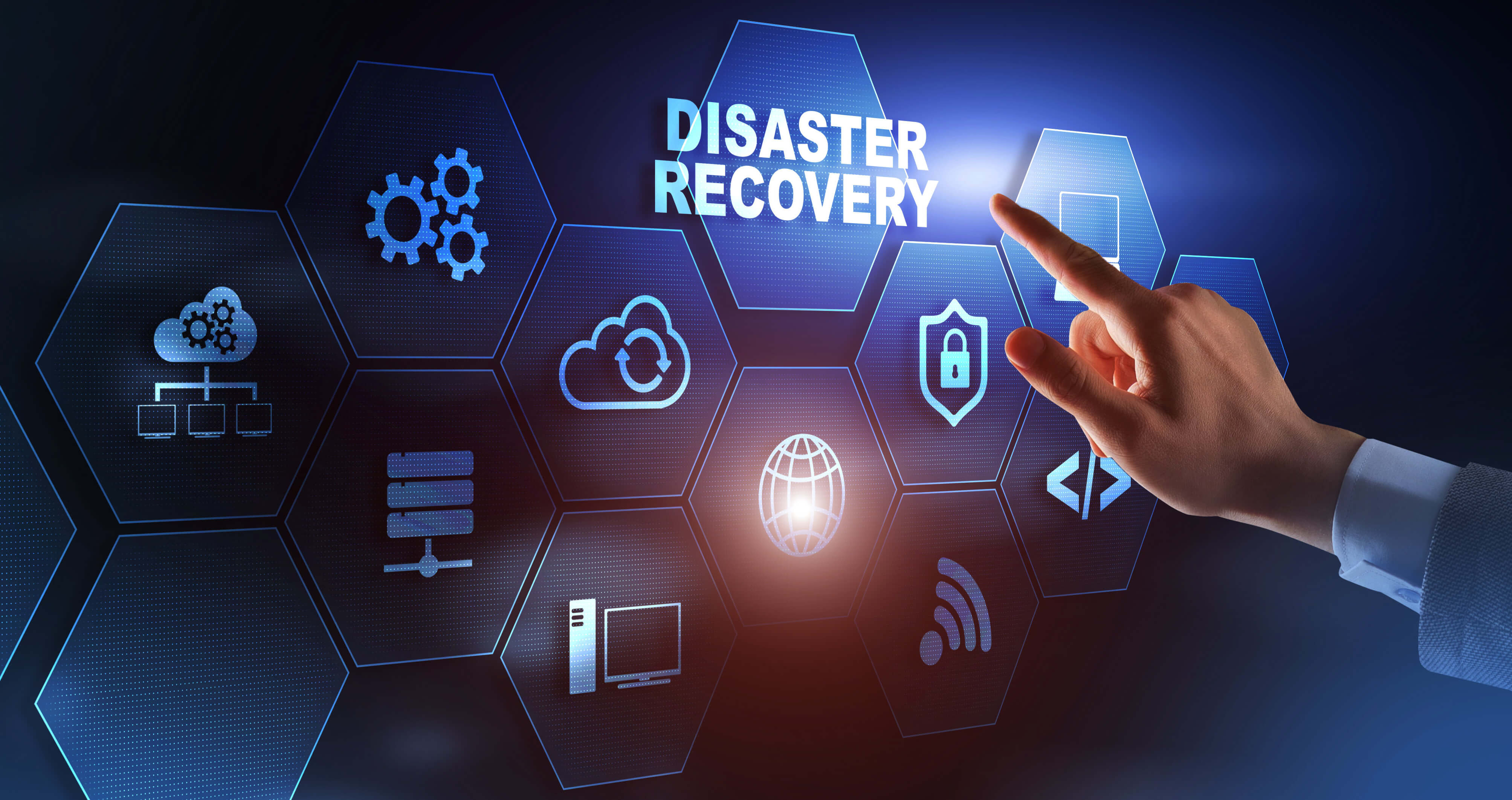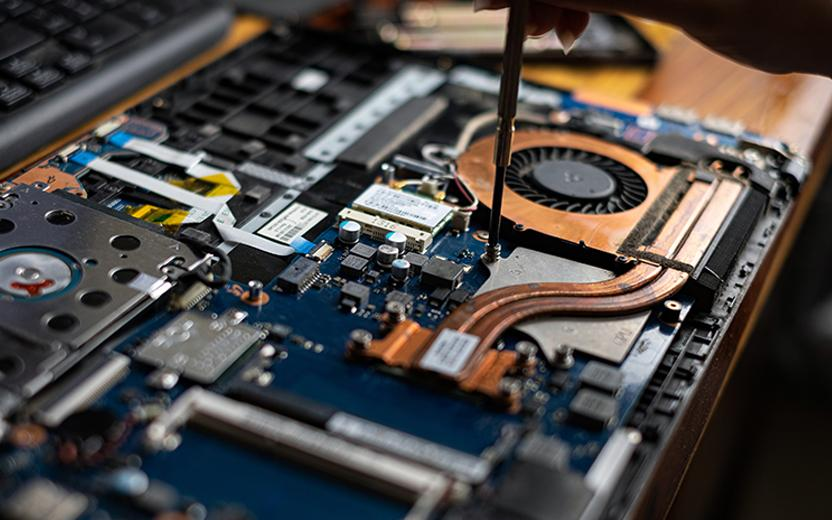Hardware Diagnostics: Tools and Techniques for Troubleshooting in 2024
Hardware diagnostics are essential for maintaining and optimizing IT infrastructures across companies and organizations in every sector. As technology advances, tools and techniques for diagnosing and resolving hardware issues have evolved to provide faster and more efficient processes. This article explores the most effective tools and best practices for identifying and fixing hardware issues, ensuring reliable performance for critical devices and systems.
1. Why Hardware Diagnostics Are Essential
Prompt diagnosis of hardware failures can prevent data loss, service interruptions, and costly repairs. The ability to quickly identify and fix hardware issues is critical not only for operational continuity but also for preserving IT system integrity and ensuring data security.
2. Software Tools for Hardware Diagnostics
With technological advancements, various software tools are available today to identify specific malfunctions in hardware components, such as hard drives, processors, memory, and graphics cards.
a. System Diagnostic Suites
Complete suites like HWiNFO and AIDA64 provide detailed information on each hardware component. They allow monitoring of temperatures, voltage, CPU status, RAM, and other essential metrics, making real-time, precise diagnostics possible.
b. Hard Drive Diagnostics
The hard drive is one of the most failure-prone components. CrystalDiskInfo and HD Tune are effective tools for monitoring drive health and checking SMART (Self-Monitoring, Analysis, and Reporting Technology) parameters, which are helpful in detecting imminent issues.
c. RAM Diagnostic Tools
Faulty RAM can cause system errors and crashes. MemTest86 and Windows Memory Diagnostic are reliable tools for verifying RAM integrity and identifying errors that can compromise system stability.
d. GPU Monitoring
The graphics card, essential for visually intensive applications, can be diagnosed with software like GPU-Z and MSI Afterburner. These tools help monitor temperatures, frequencies, and voltages, crucial for preventing GPU overheating and degradation.
3. Techniques for Hardware Troubleshooting
Beyond diagnostic software, it is essential to adopt practical techniques to isolate issues and resolve them effectively.
a. Physical Inspection and Cleaning
The first step in hardware diagnostics is physical inspection: loosely connected cables, unseated components, or dust buildup can cause problems. Regular cleaning, using compressed air and anti-static cloths, helps maintain system performance.
b. Component Swapping
To isolate a problem, temporarily testing the system by swapping a component with a working one is useful. This method is particularly effective for checking issues with RAM, power supplies, and expansion cards.
c. BIOS and Driver Checks
BIOS and drivers can affect hardware compatibility and stability. Ensuring updated drivers and checking BIOS settings help optimize system efficiency and component compatibility.
d. Stress Testing
Stress tests help assess system stability under load. Software like Prime95 for CPUs, FurMark for GPUs, and AIDA64 for comprehensive tests put components through rigorous conditions to identify weaknesses or instability.
4. Advanced Technologies and Predictive Diagnostics in 2024
Predictive diagnostics leverage artificial intelligence and machine learning to analyze historical performance data and identify patterns that could indicate an imminent failure.
a. Machine Learning for Anomaly Detection
Machine learning algorithms can analyze large amounts of data and recognize anomalies in component performance. Many advanced hardware diagnostic platforms now incorporate machine learning tools to predict problems more accurately.
b. Real-Time Data Analysis with Edge Computing
Edge computing enables data collection and analysis in real time directly on devices. Edge systems can send immediate alerts about potential hardware issues, preventing downtime and reducing disruption.
c. Internet of Things (IoT) and Smart Sensors
IoT sensors applied to hardware components can monitor temperature, humidity, and vibrations, sending data to a centralized system. This technology allows identification of structural and environmental issues that may impact performance.
5. Best Practices for Preventive Maintenance
Adopting a preventive maintenance strategy is essential for long-term device performance. Here are some best practices:
- Continuous Monitoring: Install monitoring systems to detect wear or anomalies, improving immediate response capability.
- Regular Data Backups: In case of hardware failure, an updated backup can minimize damage.
- Software and Firmware Updates: Keeping drivers and firmware up to date ensures compatibility and optimal performance.
- Documentation of Problems and Solutions: Recording encountered problems and solutions creates a useful knowledge base for future interventions.
Hardware diagnostics are crucial to ensure operational continuity and optimize the efficiency of enterprise IT systems. With advanced software tools, problem-detection techniques, and the integration of technologies like AI and IoT, companies can take a proactive approach to hardware maintenance. Investing in diagnostics and maintenance not only extends the longevity of equipment but also contributes to creating a more resilient and productive infrastructure, adapted to the technological evolution of 2024.







